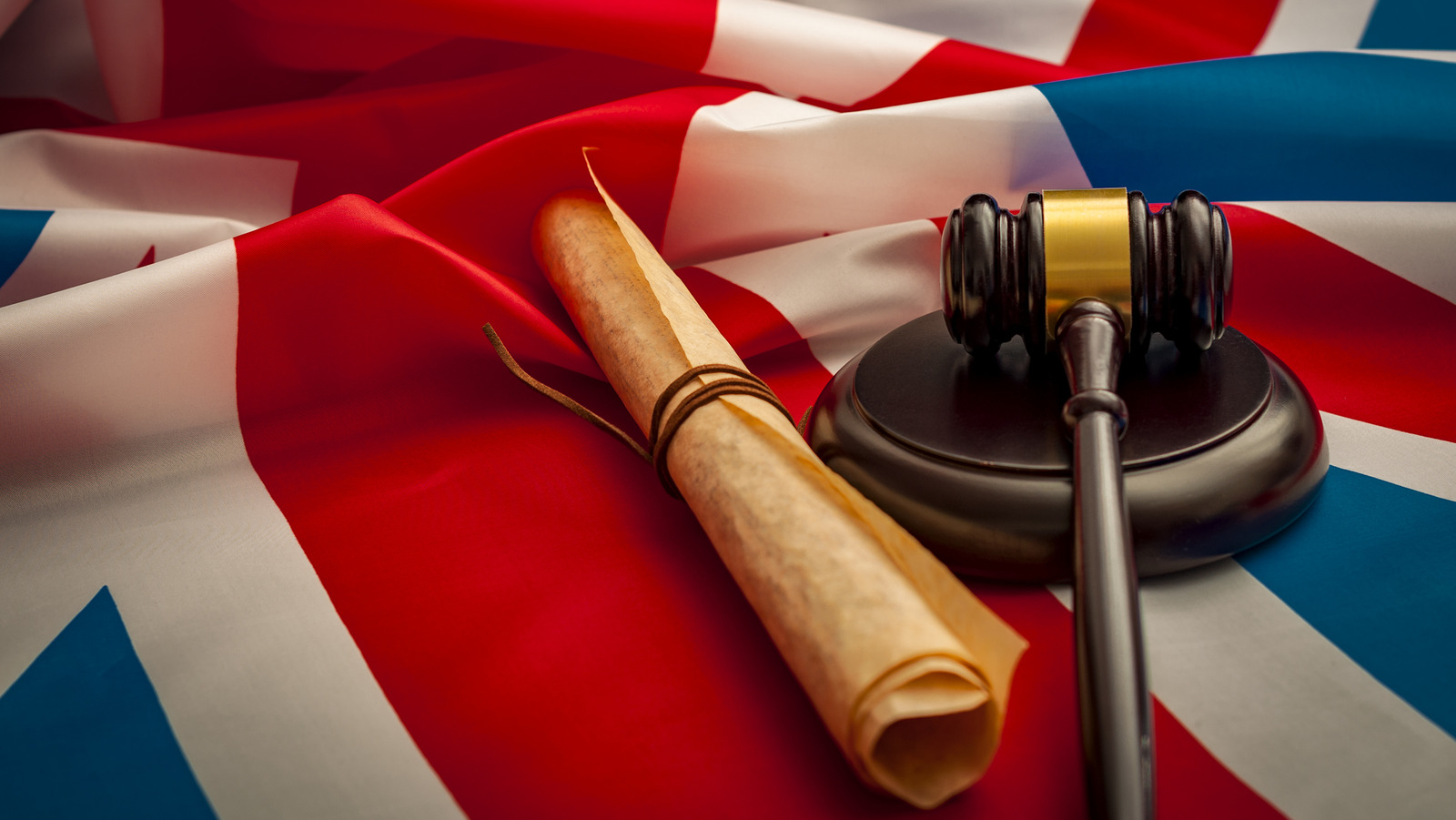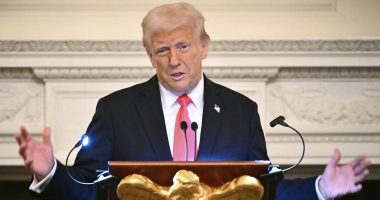
The Rule of Law Education Centre outlines how the Magna Carta influenced not only the United States’ founding principles but also the United Nations. As the site succinctly states, the Magna Carta “began the tradition of respecting the law, limiting government power, providing access to justice and the protection of human rights.” While the concept of “human rights” has roots in antiquity’s reverence for humanity’s special place within the world, the reader might be surprised to know that “human rights,” as a legal construct, emerged only in the 18th and 19th centuries.
Hundreds of years earlier, England once again set the “rule of law” trend. Its 1628 Petition of Right restricted monarchical powers, the Habeas Corpus Act of 1679 ensured that those accused of crimes could challenge their case before a court, and the country’s 1689 Bill of Rights — dubbed “the second Magna Carta” — outlined rules for free elections, the construction of parliamentary government, and free speech within that parliament. Then, as Amnesty International says, the 1776 U.S. Declaration of Independence roughly coincided with the 1789 French Declaration of Human Rights and Citizen, which cascaded onward into the abolition of slavery, women’s suffrage, the rise of liberal democracies, and eventually the post-World War II creation of the United Nations.
Read Related Also: [Crime Stories with Nancy Grace] Bryan Kohberger Escapes Trial Day: WHY?
In 1948, the United Nation’s Universal Declaration of Human Rights drafter Eleanor Roosevelt called the document (via the Rule of Law Education Centre), “The international Magna Carta is for all men everywhere.”









